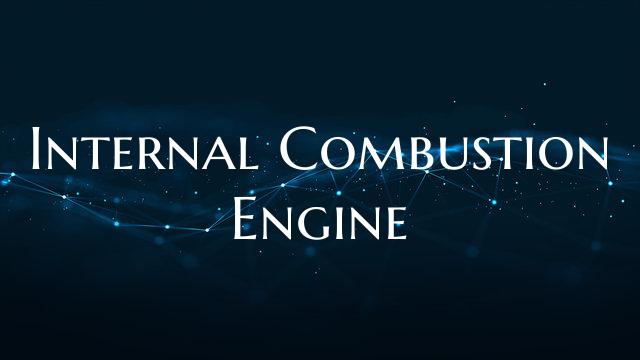Internal Combustion Engine
The internal combustion engine is a marvel of engineering that powers a vast majority of vehicles on the road today. Understanding how it works can provide valuable insight into the mechanisms that drive modern transportation.
At its core, the internal combustion engine operates on the principle of converting chemical energy stored in fuel into mechanical energy. This process takes place within a series of cylinders, typically arranged in a V or inline configuration. Each cylinder houses a piston that moves up and down in a cyclical motion.
The engine's operation begins with the intake stroke, where a mixture of air and fuel is drawn into the cylinder. This mixture is then compressed during the compression stroke, creating a highly combustible environment. Once the piston reaches the top of its stroke, a spark plug ignites the compressed mixture, causing a rapid combustion reaction.
The resulting explosion forces the piston back down, generating the engine's power stroke. This mechanical energy is then transferred to the crankshaft and ultimately to the wheels of the vehicle through the transmission system.
The final stage of the cycle is the exhaust stroke, where the byproducts of combustion are expelled from the cylinder. This sets the stage for the next cycle to begin, maintaining a continuous process of intake, compression, power, and exhaust strokes.
The internal combustion engine's efficiency and performance can be influenced by factors such as engine displacement, compression ratio, fuel quality, and ignition timing. Engineers continue to refine these components to improve fuel efficiency, reduce emissions, and enhance overall performance.
While electric and hybrid powertrains are gaining popularity, the internal combustion engine remains a fundamental component of the automotive industry. Understanding its operation and evolution can provide a deeper appreciation for the technology that drives us forward.

